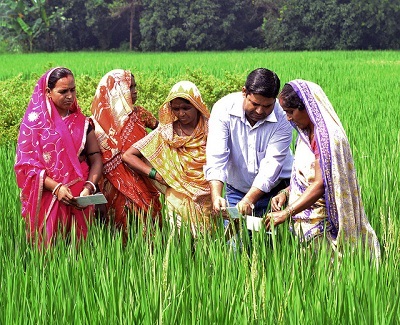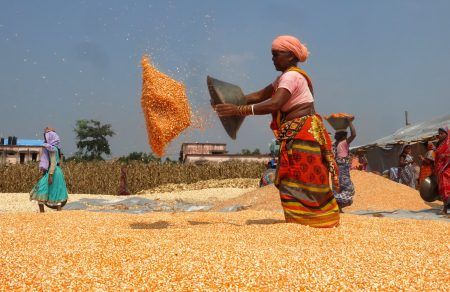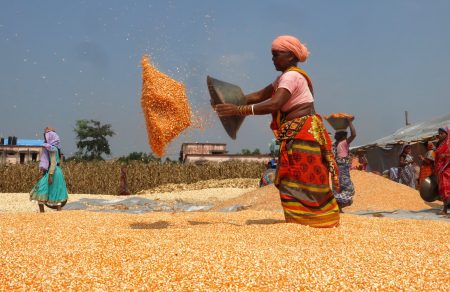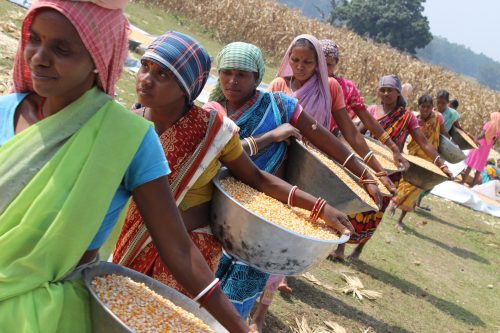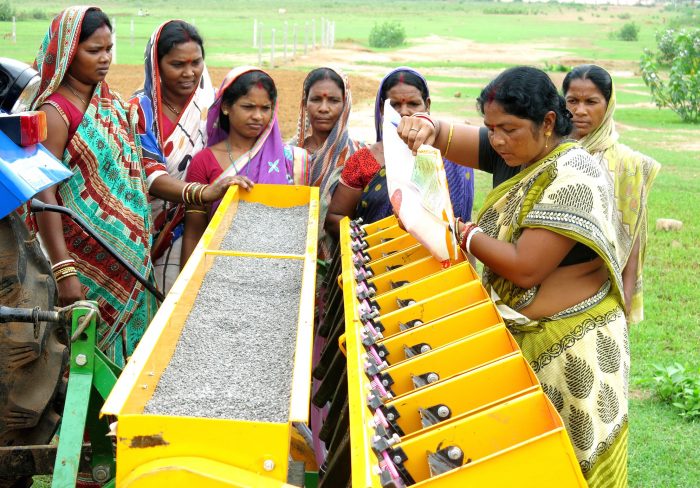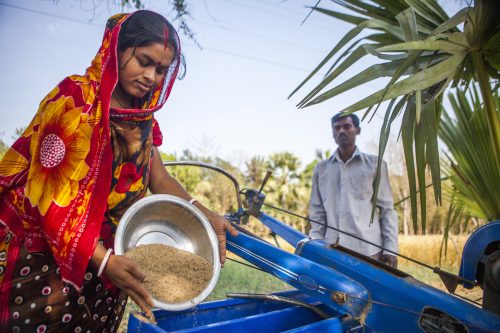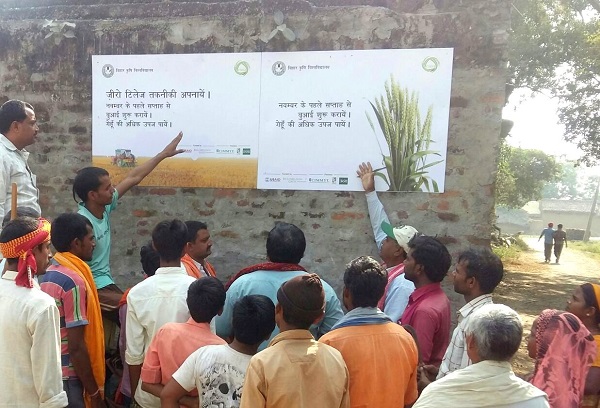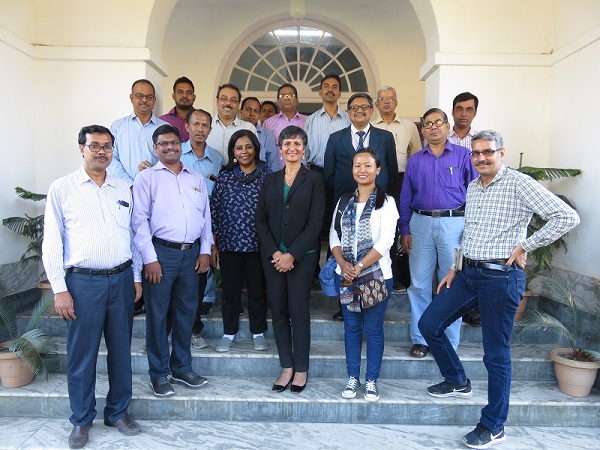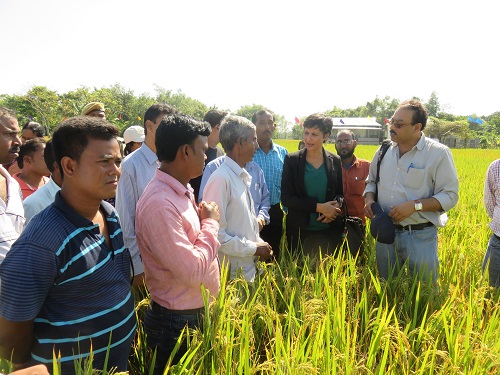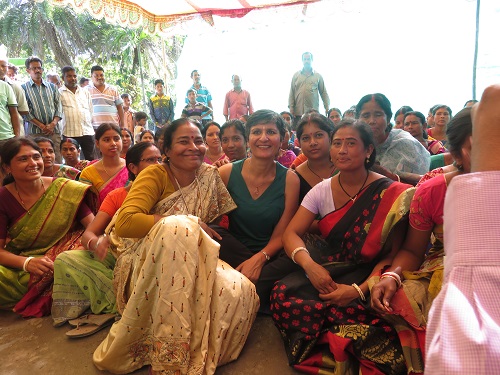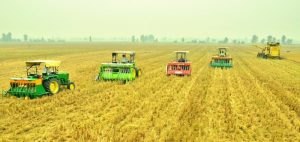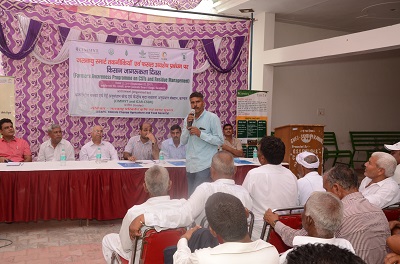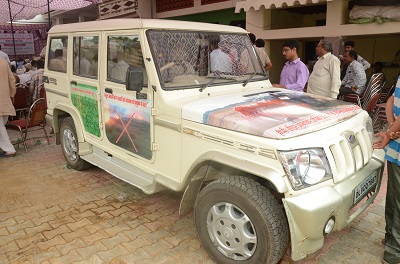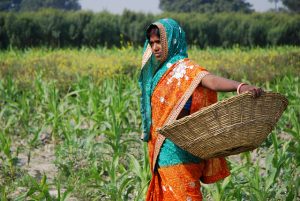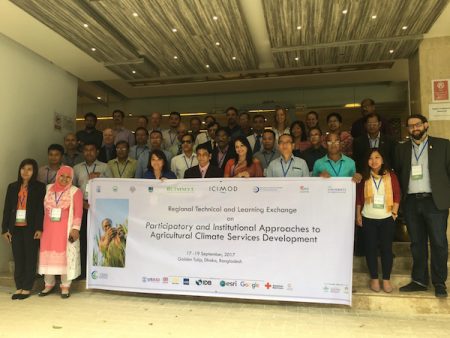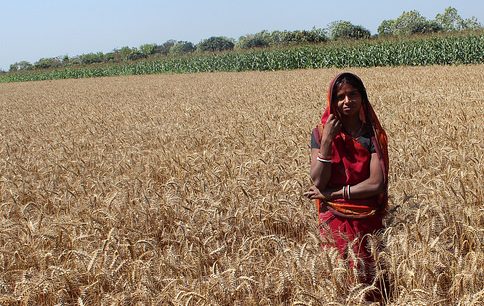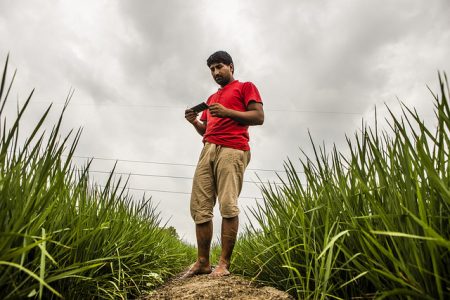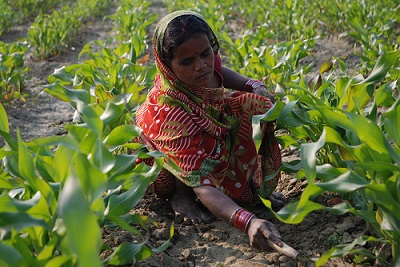Precision Nutrient Management: The Future of Nitrogen Use Efficiency
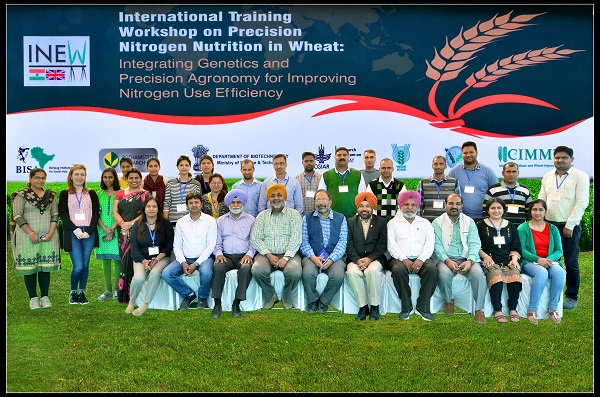
This March, the Borlaug Institute of South Asia (BISA) held an international workshop on enhancing Nitrogen use efficiency in wheat using the combined approach of breeding and precision agronomy in Ladhowal, Punjab. The objective of this workshop was to train young scientists and students on new opportunities for improving Nitrogen use efficiency in wheat. This initiative is a part of the project supported by the Rothamsted Research, U.K. known as the Indo-U.K. Centre. Eighteen young scientists and post-graduate students from organizations across India and the U.K. attended the event.
The workshop was kicked off by N.S. Bains, director of research, Punjab Agricultural University (PAU), who emphasized the need to increase Nitrogen use efficiency (NUE) in wheat through breeding and agronomic adjustments. The workshop combined lectures and hands-on activities during field visits. In the lectures, participants received a global overview of fertilizer use and strategies for improving NUE in cereals with special reference to wheat. Lecturers used examples from the International Maize and Wheat Improvement Center (CIMMYT) germplasm bank to highlight the variability of genetic NUE in wheat, explored modeling approaches for improving NUE and soil-based approaches.
BISA organized field visits to provide a real-life learning platform for participants to see the precision nutrient management techniques used in the research trials. Coordinators provided hands-on training about in field root measurements and other physiological and agronomic traits. Coordinators defined NUE, discussed calculations and explained how root traits can affect Nitrogen use efficiency – extensive root systems allow plants to use Nitrogen more effectively. The group participated in using a handheld GreenSeeker Nitrogen sensor with the help of algorithms to find critical values nitrogen and fertilizer doses.
Concluding the workshop, Rajbir Singh, director, ICAR-Agricultural Technology Application Research Institute (ATARI) at PAU, Ludhiana said “precision nutrient management is the new and futuristic research in the field of NUE.”
Feedback from participants shows an increased understanding of processes and procedures for improved NUE in wheat, genotype by environment interactions and recent advances in precision nutrient management. The site-specific knowledge and hands-on training supported better understanding on rate and timing effects of Nitrogen in conventionally and fertigation applied fertilizer. The knowledge exchange of experts from multi-disciplinary fields enhanced the understanding of principles of precision nutrient management and provided guidance for organizing the precision nutrition platform.
The Borlaug Institute for South Asia is a non-profit international research institute dedicated to food, nutrition and livelihood security as well as environmental rehabilitation in South Asia, which is home to more than 300 million undernourished people. BISA is a collaborative effort involving the International Maize and Wheat Improvement Center and the Indian Council for Agricultural Research. The objective of BISA is to harness the latest technology in agriculture to improve farm productivity and sustainably meet the demands of the future.

